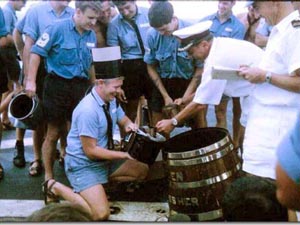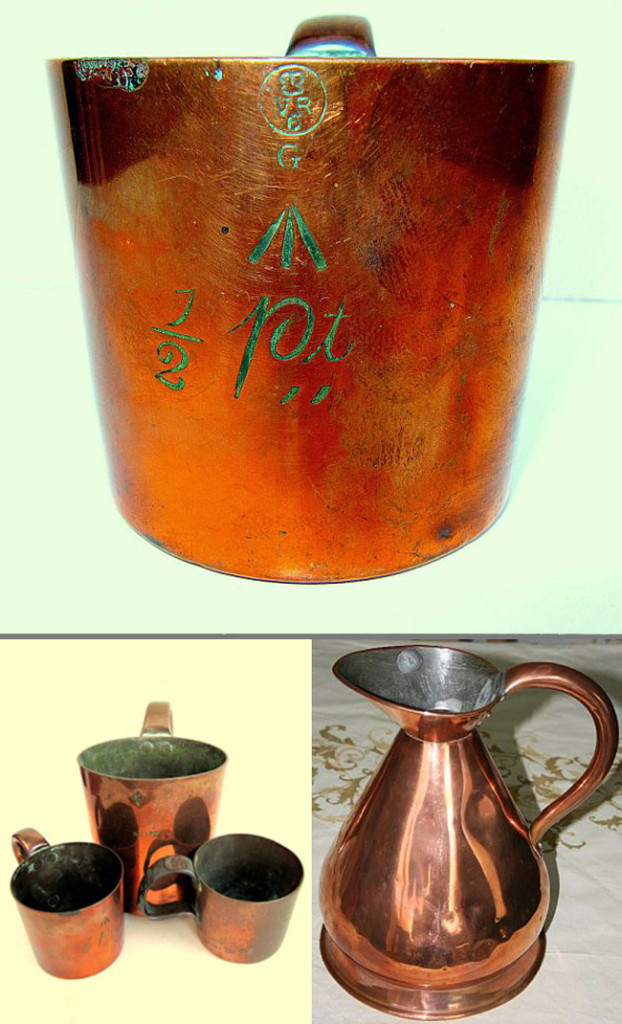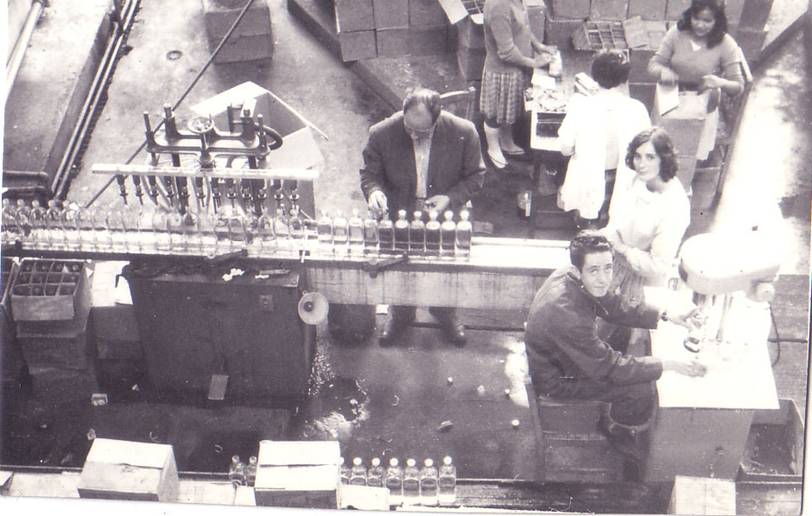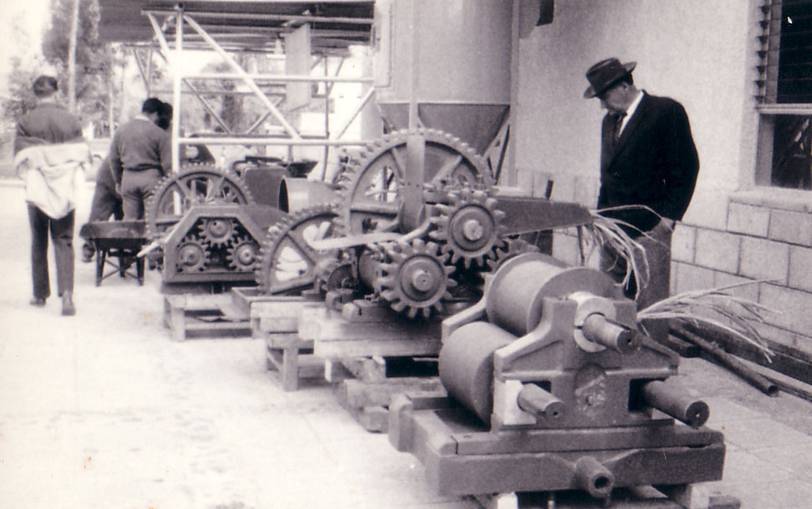Originally posted 04 September 2012
The people who wrote songs and poetry in praise of rum were ocasionally lyrical, but the vigor of their rhymes never approached that of their foes. Simply put, nobody ever loved rum as much as the prohibitionists hated it. A prime example is a piece composed sometime in 1828 and published in the Hingham Gazette of Massachusetts. The deathless lines are as follows – I’m providing the entire text because it is magnificent:
“O, thou invincible Spirit of Rum! If thou hadst no
name by which to know thee, we could call thee-Devil.”
SHAKESPEARE
Let the devotee extol thee, And thy wond’rous virtues sum,
By the worst of names I’ll call thee, O, thou hydra-monster, Rum !
Pimple-maker, visage-blotter, Health-corruptor, idler’s mate,
Mischief-breeder, vice-promoter, Credit-spoiler, devil-bait ;
Almshouse-builder, pauper-maker, Truth-betrayer, sorrow’s source,
Pocket-emptier, sabbath-breaker, Conscience-stiller, guilt’s resource;
Nerve-enfeebler, system-scatterer, Thirst-increaser, vagrant-thief,
Cough-producer, treacherous flatterer, Mud-bedauber, mock-relief ;
Business-hinderer, spleen-instiller, Woe-begetter, friendship’s bane,
Anger-beater, Bridewell-filler, Debt-involver, toper’s chain ;
‘Summer’s cooler; winter’s warmer, Blood-pollutor, specious snare,
Mud-collector, man’s transformer, Bond-undoer, gambler’s fare ;
Speech-bewrangler, headlong-bringer, Vitals-burner, deadly fire,
Riot-mover, fire-brand singer, Discord-kindler, misery’s sire;
Sinews-robber, worth-depriver, Strength-subduer, hideous foe,
Reason-thwarter, fraud-contriver, Money-waster, nations’ woe ;
Vile seducer joy-dispeller, Peace-disturber, blackguard-guest,
Sloth-implanter, liver-sweller, Brain-distracter, hateful pest ;
Utterance-boggler, stench-emitter, Strong-man-sprawler, fatal drop
Tumult-raiser, venom-spitter. Wrath-inspirer, coward’s prop ;
Pain-inflicter, eyes-inflamer, Heart-corrupter, folly’s nurse,
Secret-babbler, body-maimer, Thrift-defeater, loathsome curse ;
Wit-destroyer, joy-impairer, Scandal-dealer, foul-mouth’d scourge,
Senses-blunter, youth’s ensnarer, Crime-inventer, ruins verge
Virtue-blaster, base-deceiver, Rage-displayer, sot’s delight
Noise-exciter, stomach-heaver. Falsehood-spreader, scorpion’s bite ;
Quarrel-plotter, rage-discharger, Giant-conqueror, wasteful sway,
Chin-carbuncler, tongue-enlarger, Malice-venter, Death’s broad way ;
Tempest-scatterer, window-smasher, Death’s forerunner, Hell’s dire brink;
Ravenous murderer, wind-pipe slasher, Drunkard’s lodging, meat and drink,
Let the devotee extol thee, And thy wond’rous virtues sum,
By the worst of names I’ll call thee, O, thou hydra-monster, Rum
If anyone out there would like to chant this over a jazzy beat, I think it has the makings of a classic dance club track – please send me a link to your video and the appropriate royalties for providing the idea.The quote from Shakespeare is obviously erroneous – the original from Othello is about the “spirit of wine,” either meant metaphorically or a reference to brandy. Nevertheless, the poem was immediately popular and was republished around the world – on March 17, 1830 it appeared in a German translatlation by the Bauern Freund newspaper, on a date unknown but before 1834 in London, and on October 6, 1835 by the Sydney Colonist in Australia. The piece was unsigned, so we do not know the name of the vehement but literate author who anticipated beat poetry by a hundred years.








